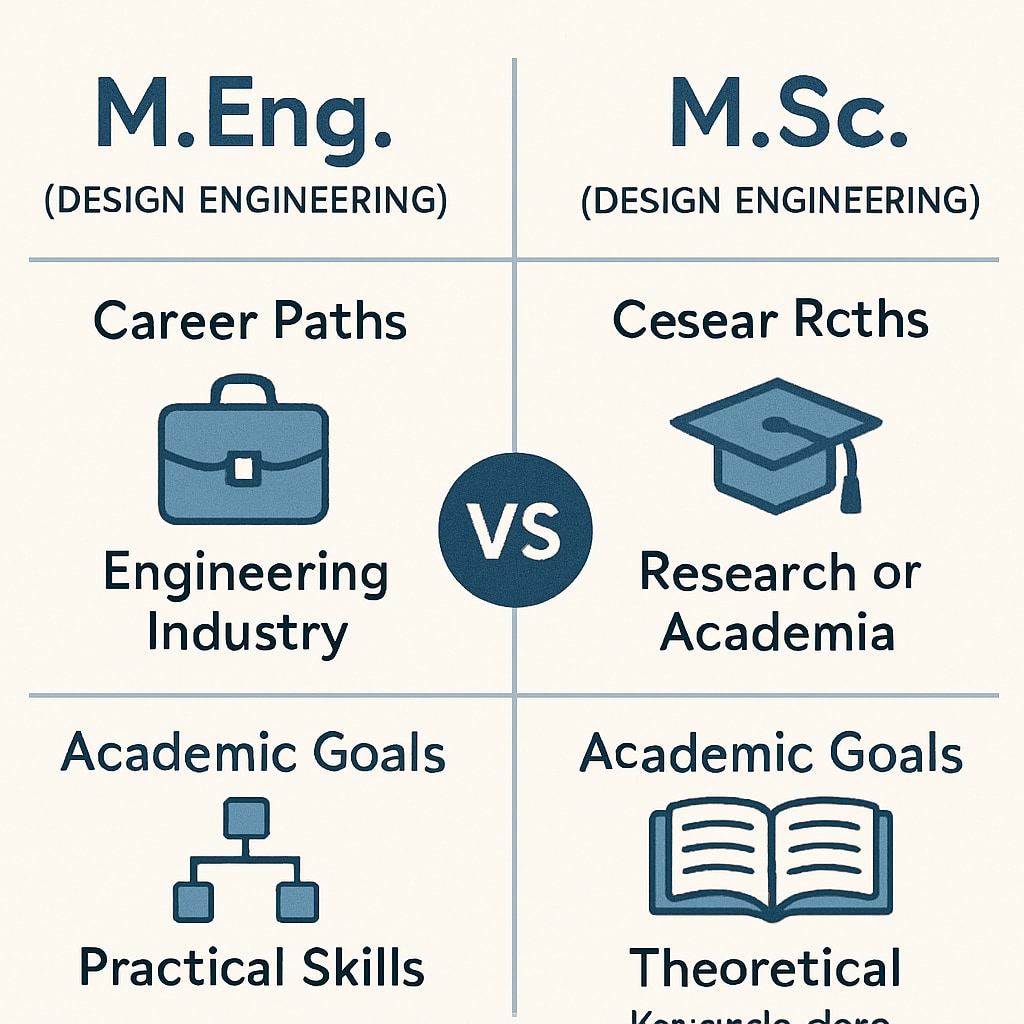The relationship between design engineering, master’s degrees, and career growth is increasingly significant in today’s competitive job market. Students who aim to excel as future engineers need to make informed decisions about their academic paths, such as pursuing MEng (Master of Engineering) or MSc (Master of Science) degrees. K12 education plays a critical role in shaping students’ early engineering thinking and career planning skills, providing the foundation for later academic and professional success.
The Role of K12 Education in Engineering Thinking
Early exposure to engineering concepts and problem-solving methodologies during the K12 stage can significantly impact students’ interest in design engineering. Programs that emphasize STEM (Science, Technology, Engineering, Mathematics) education foster creativity, critical thinking, and analytical skills, which are essential for future engineers. For example, introducing students to hands-on projects, such as robotics or sustainable design, helps them understand real-world applications of engineering principles.
Moreover, K12 educators can encourage interdisciplinary learning by connecting design engineering to other subjects like art and computer science. Such integration not only makes engineering accessible but also cultivates innovation—a key trait for successful engineers.

MEng vs MSc: Choosing the Right Path in Design Engineering
When students reach higher education, they often face a crucial decision: should they pursue an MEng or MSc degree in design engineering? Both degrees offer valuable opportunities, but they cater to different career aspirations. The MEng degree focuses more on practical and professional applications, preparing graduates for roles in industry and engineering management. On the other hand, MSc programs emphasize research and theoretical knowledge, making them ideal for students interested in academia or specialized technical careers.
Understanding the differences between these degrees early on can help students align their education with their long-term career goals. For example, a student inspired by hands-on design projects during K12 might lean toward an MEng program, while one passionate about engineering theory might prefer an MSc.

Building Career Competitiveness Through Early Planning
In addition to academic choices, career competitiveness in design engineering depends on early skill-building and planning. K12 education can introduce students to career exploration tools, internships, and mentorship opportunities. For instance, connecting students with professional engineers through workshops or shadowing programs can provide valuable insights into the field.
Furthermore, digital platforms like Britannica’s engineering resources and Wikipedia’s engineering overview offer accessible ways for students to learn about various engineering disciplines and career paths. By utilizing these resources, students can better understand the skills required for roles in design engineering, such as CAD (Computer-Aided Design) proficiency, project management, and teamwork.
Conclusion: Preparing Future Engineers for Success
Design engineering degree choices, such as MEng and MSc, are pivotal to career growth, and K12 education serves as the foundation for these decisions. By fostering engineering thinking, providing exposure to real-world applications, and encouraging early career planning, educators and parents can empower students to make informed academic and professional decisions. As a result, these future engineers will be well-equipped to thrive in the competitive design engineering landscape.
Whether through STEM-focused curricula, interdisciplinary learning, or mentorship opportunities, investing in K12 education is critical for shaping the next generation of innovators and problem-solvers in engineering.


